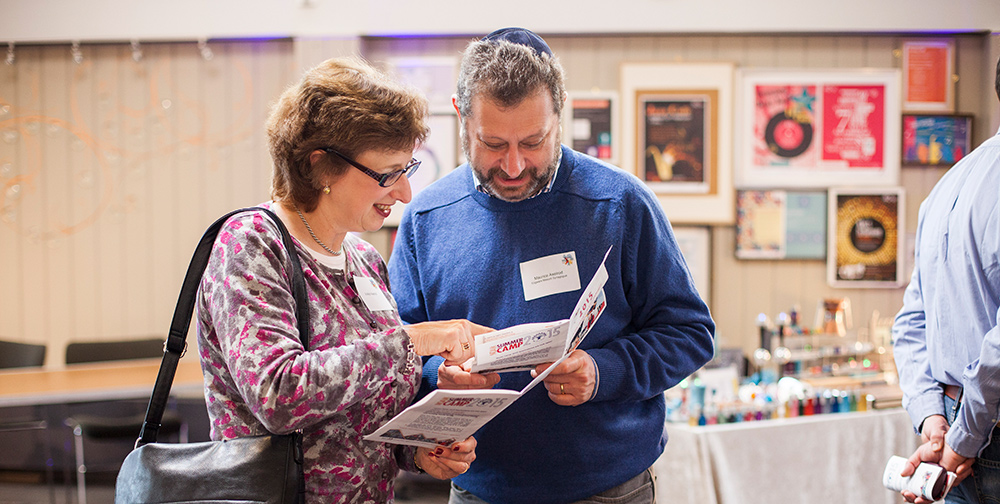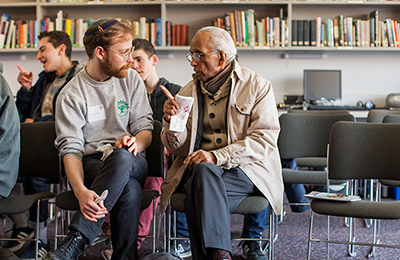Bamidbar

This week’s parashah is the first in the book of Numbers – Bamidbar in Hebrew. Bamidbar is the fourth book of the Torah and this week’s parashah includes the fourth time that the children of Israel are counted in the Torah. One of the reasons for the census on this occasion was the need to determine how to divide the land between each tribe, ensuring they all had enough space in the the land of Israel. Every man aged 20 to 60 from each tribe, apart from the tribe of Levi, is counted. For the Levi’im, all males were counted from the age of one month (to allow for premature birth). However, women are omitted from the count altogether.
Numbers are everywhere and play an important role in everything we do. This article is being composed on a computer, with software written in ones and zeroes. It is Yom HaShoah at the time of writing, and I can see on my kitchen worktop six yellow candles burning to remember six of the individuals who died during the Holocaust: six amongst the six million. Unlike the count in Bamidbar, we count and remember the women too, not just the men. The candles we lit this year were all in memory of children, all aged between 2 and 6, a minute fraction of the million and a half children who died.
From a Masorti point of view, of course, the census numbers are inaccurate. Just as we count women in our minyan, just as we remember the women who lost their lives and not only the men, the census should really include women in order to give us an accurate figure. Perhaps this is why only a half shekel was used for the counting – half a shekel, half the real number, half the truth? Thousands of years on, we’re still counting the number of Jews, and according to a report published last year by the Institute of Jewish Policy Research (JPR) the UK now has its largest ever number of synagogues – more than 450 – yet the total synagogue membership has gone down. There has been a 20% decline in the last 25 years and a 4% decline since the last such report in 2010. The only two sectors bucking this trend are the ultra-orthodox and the Masorti movement.
What are we to make of these numbers? Much of the decline can be put down to natural decrease – on the whole, synagogues have more members dying than being born, and the larger birth rate in ultra-orthodox communities goes a long way to explaining why this sector is still growing.
And Masorti? A tiny 3.3% of affiliated Jews belong to a Masorti synagogue, yet the movement has grown consistently since 1990, increasing by 114%. This is unlikely to be down to a large birth rate. Maybe it’s because, certainly in my shul (Kol Nefesh Masorti), everyone is counted and everyone counts.
James Burns is a member of Kol Nefesh Masorti Synagogue, a former trustee of Masorti Judaism and sits on the executive of European Academy of Jewish Liturgy (EAJL)




